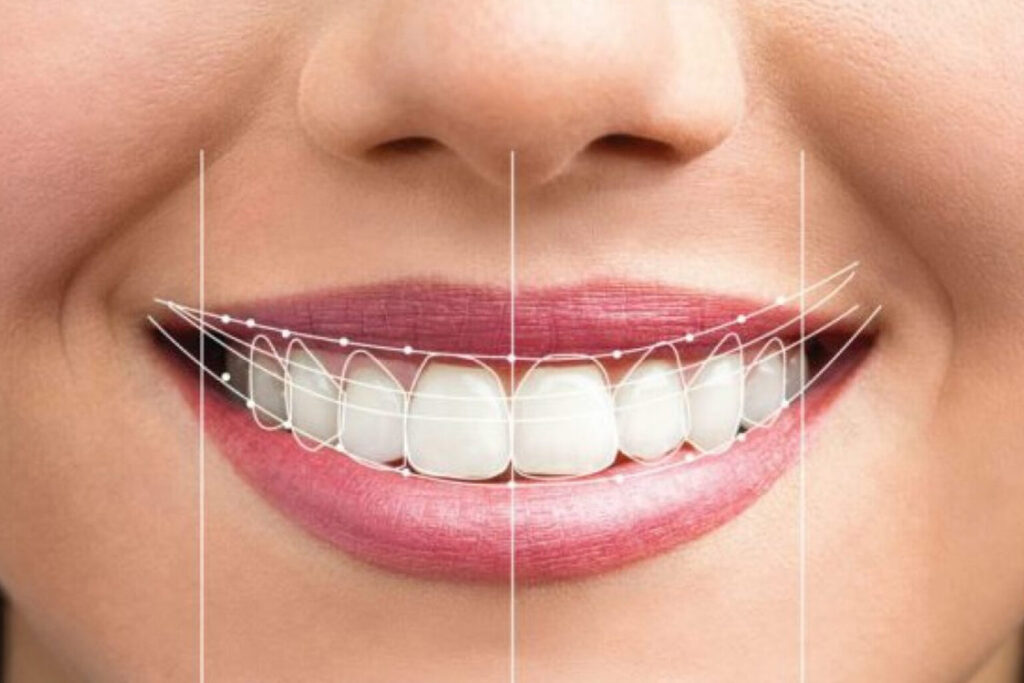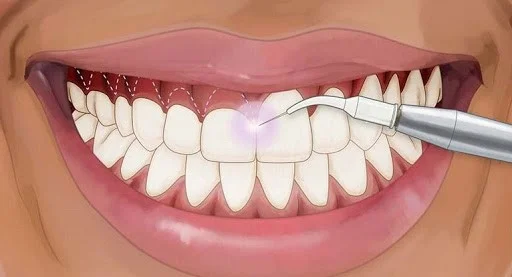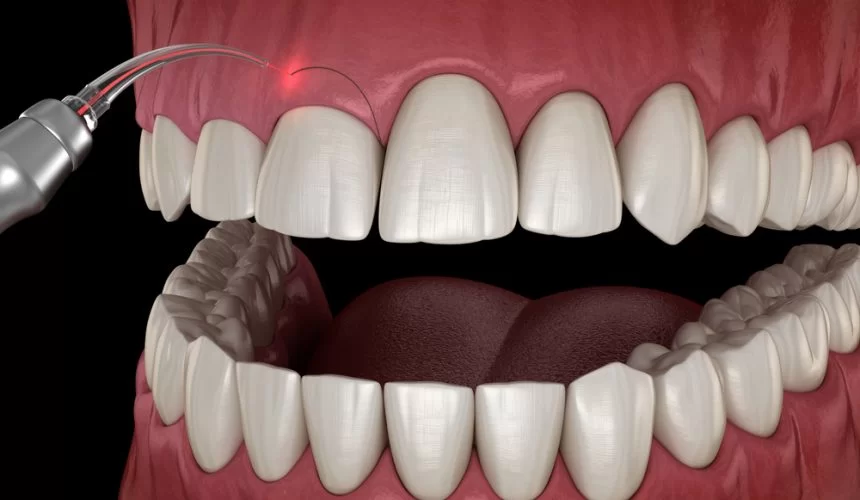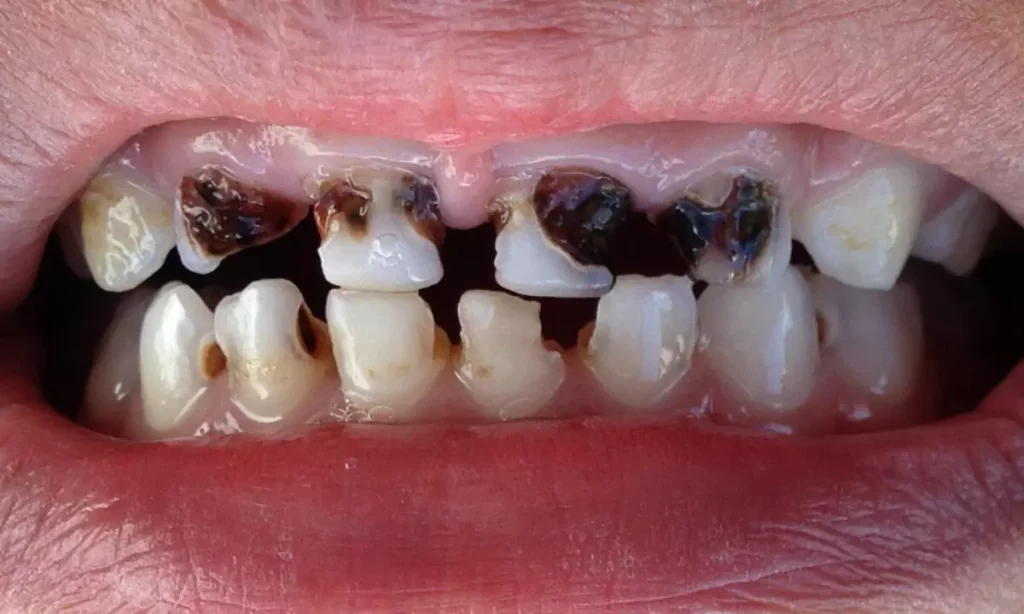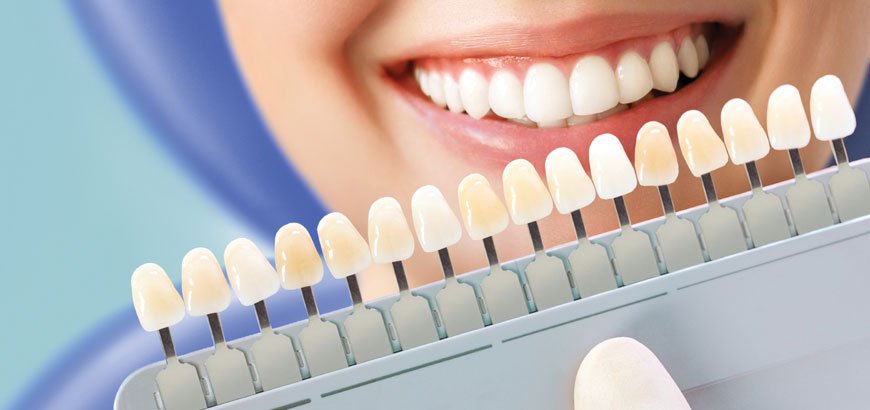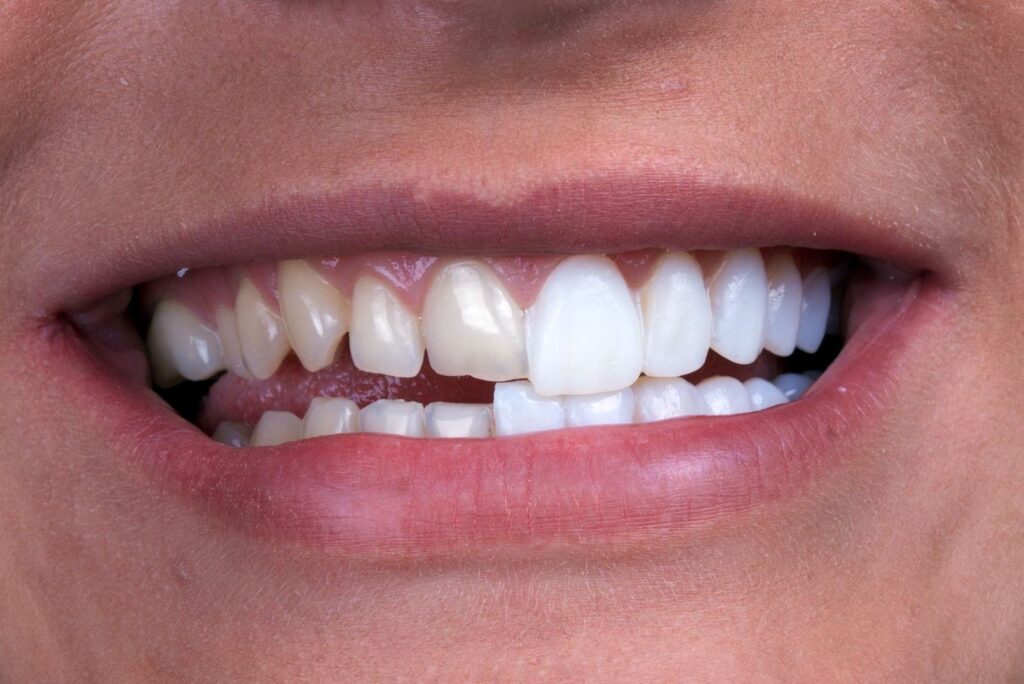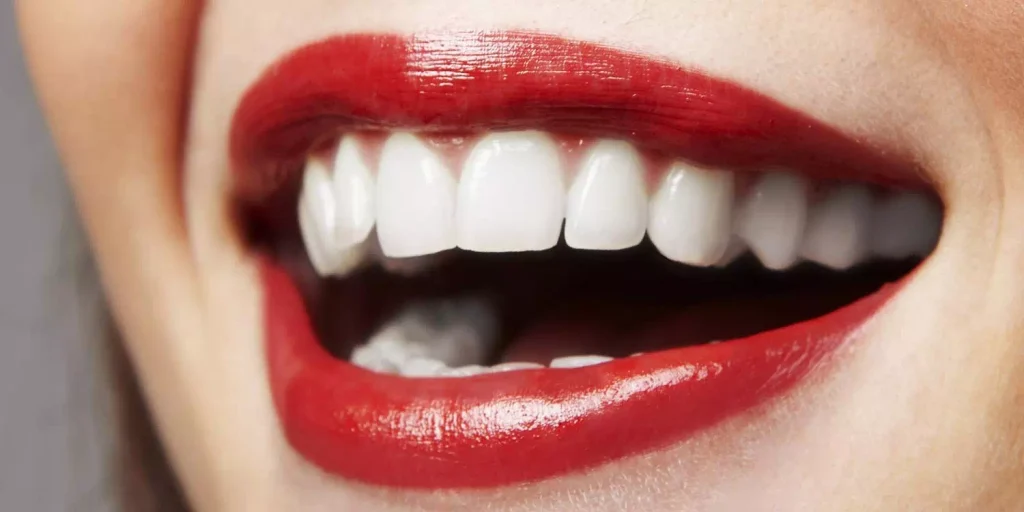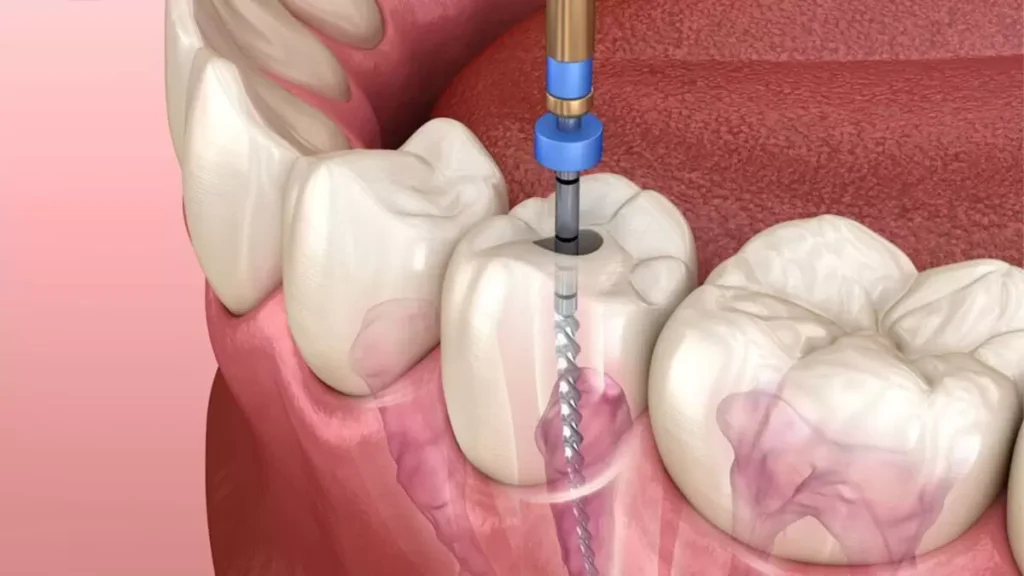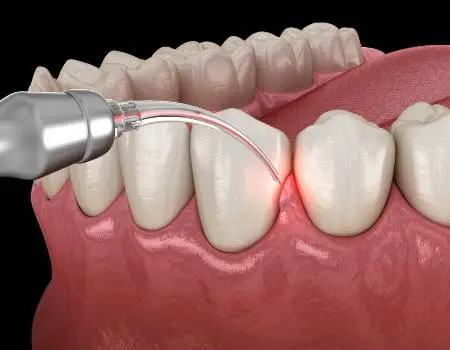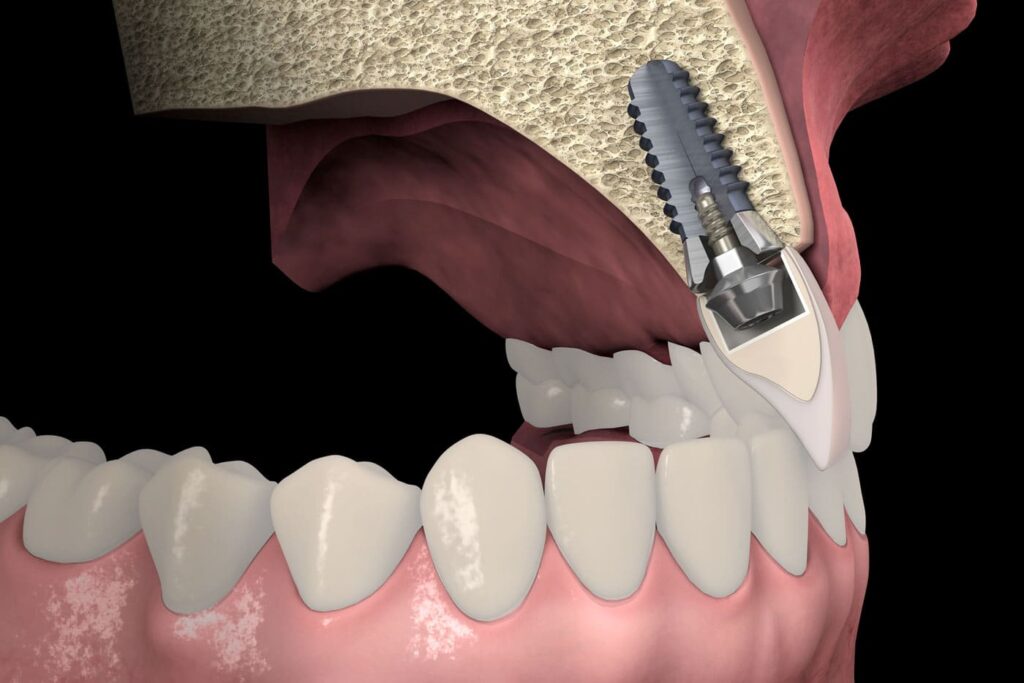Smile design is a modern approach aimed at helping individuals achieve a more aesthetic and confident smile. Thanks to technological advancements in dentistry, faster and more precise results are now achievable. In this article, we will explore the cutting-edge technologies used in smile design and the benefits they offer.
Digital Scanners and CAD/CAM Systems
Digital Scanners: Digital scanners are used to create a three-dimensional digital model of a patient’s teeth and gums. This technology enables the creation of highly accurate custom designs for each patient, making the treatment plan more effective and personalized.
CAD/CAM Systems: CAD (Computer-Aided Design) and CAM (Computer-Aided Manufacturing) systems allow for the design and production of dental restorations using computer technology. Restorations produced with CAD/CAM systems provide a much better fit than traditional methods. Additionally, these systems can show patients the final result before treatment begins, allowing for approval and adjustments.
Time-Saving: CAD/CAM technology significantly speeds up the treatment process, allowing for same-day restorations in many cases.
Laser Technology
Precise Gum Contouring: Laser technology enables highly accurate reshaping of the gums, ensuring a symmetrical and aesthetically pleasing gum line. This is particularly beneficial for patients who prioritize gum aesthetics.
Comfort and Speed: Laser treatments are less invasive than traditional surgical methods, offering a more comfortable experience during and after the procedure. The technology reduces bleeding, minimizes pain, and accelerates healing times.
Laser Whitening: For teeth whitening treatments, lasers provide faster, more effective results, increasing patient satisfaction and reducing treatment time.
3D Printing Technology
Accurate Prototypes: 3D printers transform digital designs into physical prototypes with great precision, ensuring that dental restorations, such as crowns and bridges, fit perfectly.
Speed: Compared to traditional lab methods, 3D printing provides quicker solutions, cutting down on treatment time.
Patient Involvement: With 3D printing, patients can view the final result before treatment even begins, which helps them better understand the process and feel more confident about the treatment plan.
AI-Powered Smile Design
Automation in Design: AI algorithms can analyze a patient’s dental structure and facial features to automatically suggest an ideal smile design. This automated process not only saves time but also delivers more accurate results. The dentist can then refine the design based on their expertise and the patient’s preferences.
Personalized Treatment: AI-powered systems consider factors such as the patient’s age, gender, dental anatomy, and facial proportions to create a fully customized treatment plan tailored to the individual’s needs.
CAD/CAM Guided Systems
Surgical Precision: CAD/CAM guided systems are used to improve the precision of dental procedures such as implant placements and gum contouring. These systems ensure that interventions are as accurate as possible, reducing the risk of errors.
Efficiency: These systems offer a fast, efficient way to perform procedures, reducing the time spent in the dentist’s chair.
Enhanced Comfort: By being less invasive, CAD/CAM guided systems improve patient comfort and shorten recovery times.
Conclusion
Modern technologies in smile design have revolutionized both patient care and treatment outcomes. With innovations such as digital scanners, laser systems, 3D printing, and AI, dentistry has reached new heights in precision and efficiency. Whether you’re looking to enhance the beauty of your smile or boost your self-confidence, these advanced technologies can help you achieve the results you desire with greater speed and accuracy.
